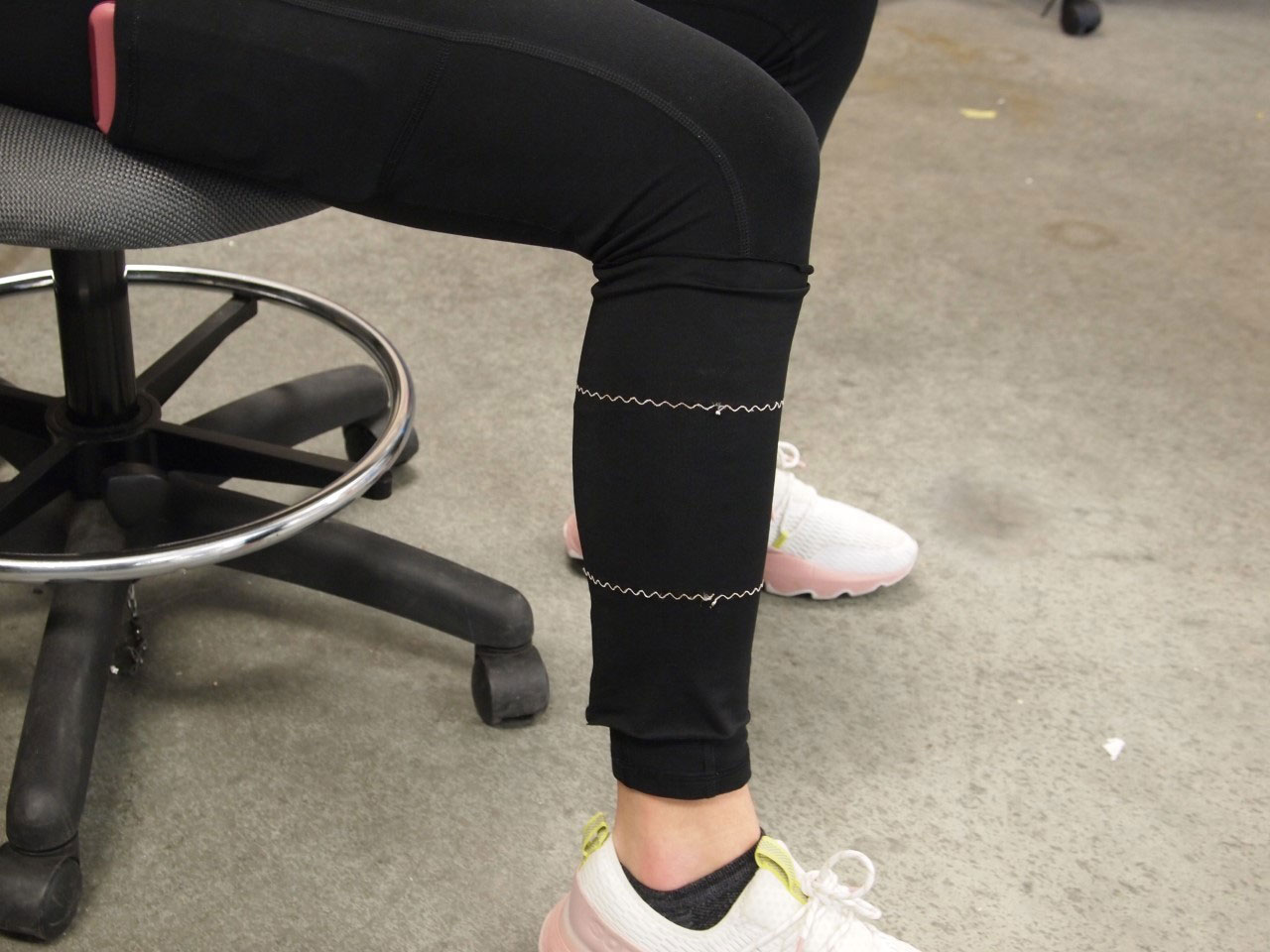Researchers at The Ohio State University (Ohio State) have fabricated the first wearable sensor designed to detect and monitor muscle atrophy.
Allyanna Rice, a graduate fellow in electrical and computer engineering and Asimina Kiourti, PhD, a professor in electrical and computer engineering, designed the device to work by employing 2 coils, 1 that transmits and 1 that receives, as well as a conductor made out of “e-threads” that run along the fabric in a distinct zig-zag pattern. The final product uses a stretchy material and resembles a blood pressure cuff.
Their findings showed that they were able to demonstrate the sensor could measure small-scale volume changes in overall limb size, and monitor muscle loss of up to 51%.
“Ideally, our proposed sensor could be used by healthcare providers to more personally implement treatment plans for patients and to create less of a burden on the patient themselves,” said Rice. “Our sensor is something that an astronaut on a long mission or a patient at home could use to keep track of their health without the help of a medical professional.”
Though the wearable is still years away from implementation, the next major leap would most likely be to connect the device to a mobile app that could be used to record and deliver health information directly to health care providers. Rice is also looking forward to combining the sensor with other kinds of devices for detecting and monitoring health issues, such as a tool for detecting bone loss. This work was supported by the National Aeronautics and Space Administration.






